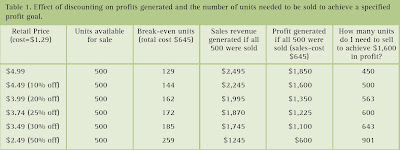The United States is “unambiguously” in a recession, a New York-based forecasting group said on Thursday [3/20/08], citing a nine-month decline in its weekly measure of the economy. The Economic Cycle Research Institute, which correctly predicted the 2001 recession at a time when many on Wall Street still maintained a rosy outlook, said their numbers indicate the economic contraction is already under way.
The recession call puts ECRI in line with a growing number of economists who believe the U.S. is already in recession, with some citing December as the likely start date of the downturn. Martin Feldstein, who heads the highly-regarded National Bureau of Economic Research, has said not only that contraction is under way but also that it could be severe.
And yet, spring is in the air, at least in the South. One step out the front door, putting aside the glare of the computer screen for a moment, elicits an anticipation of buds blooming, birds and butterflies arriving, and cash registers ringing at the local garden center. My box of wildflower seed has arrived, my wish list of plants is nearly finished, and I have big plans for a landscape that has way too much grass. Recession or not, I am about to spend some big bucks transforming the cookie cutter landscape around my new home into my own ‘America in Bloom’ project!
I wonder, just wonder, if there might be other ‘recession resistant’ spenders like me out there? Yes, I know, I have pontificated on this subject before (go to the sidebar of this blog page and click on ‘recession’). But it’s time to put every bit of marketing savy you can muster into motion this spring and test the theory once more. And with a little rain in the right places at the right times (on weekdays please), we might just live to garden another day.
